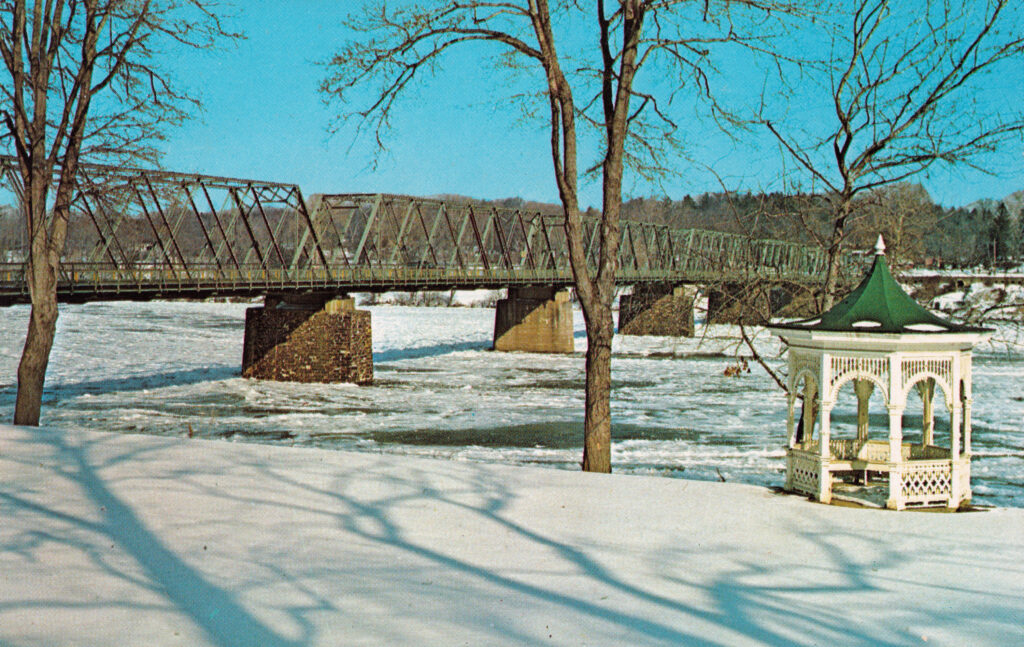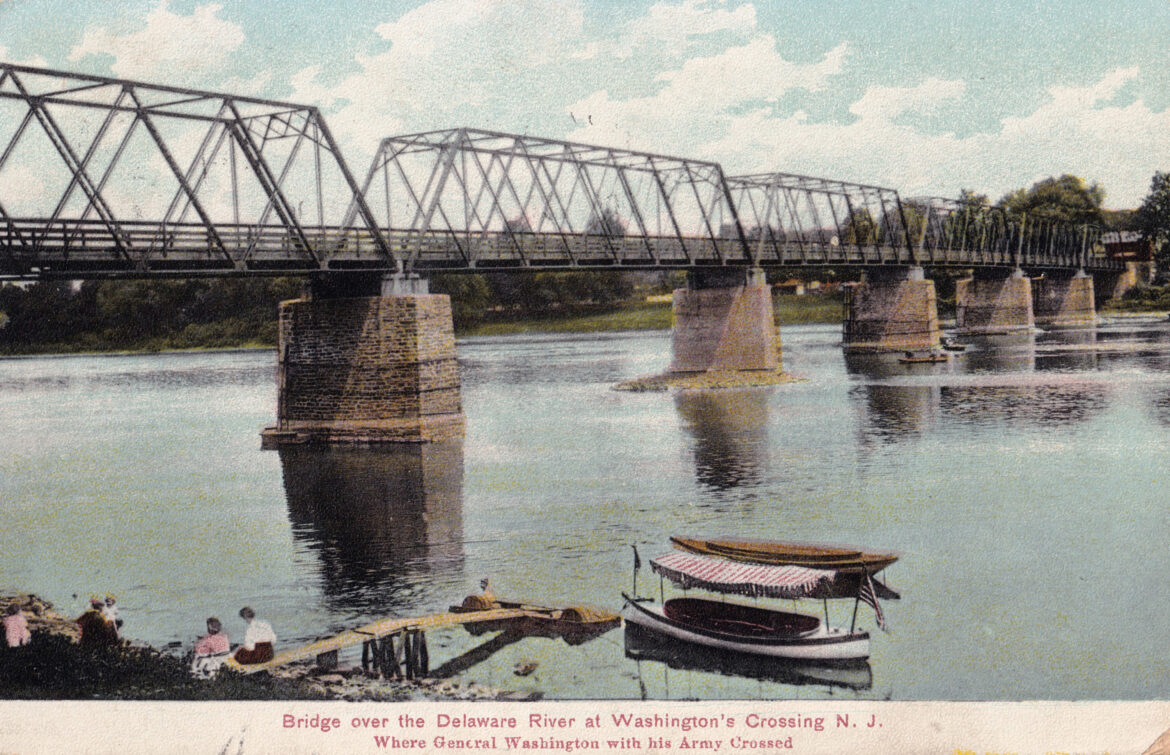On April 11, 1905, the Washington Crossing Toll-Supported Bridge officially opened for traffic, ushering in an era of horse-drawn carts, 10-cent tolls, and wood-plank decking. One hundred and twenty years later, the same narrow, steel-trussed span is still standing — and still inspiring admiration, consternation, and the occasional broken side mirror.
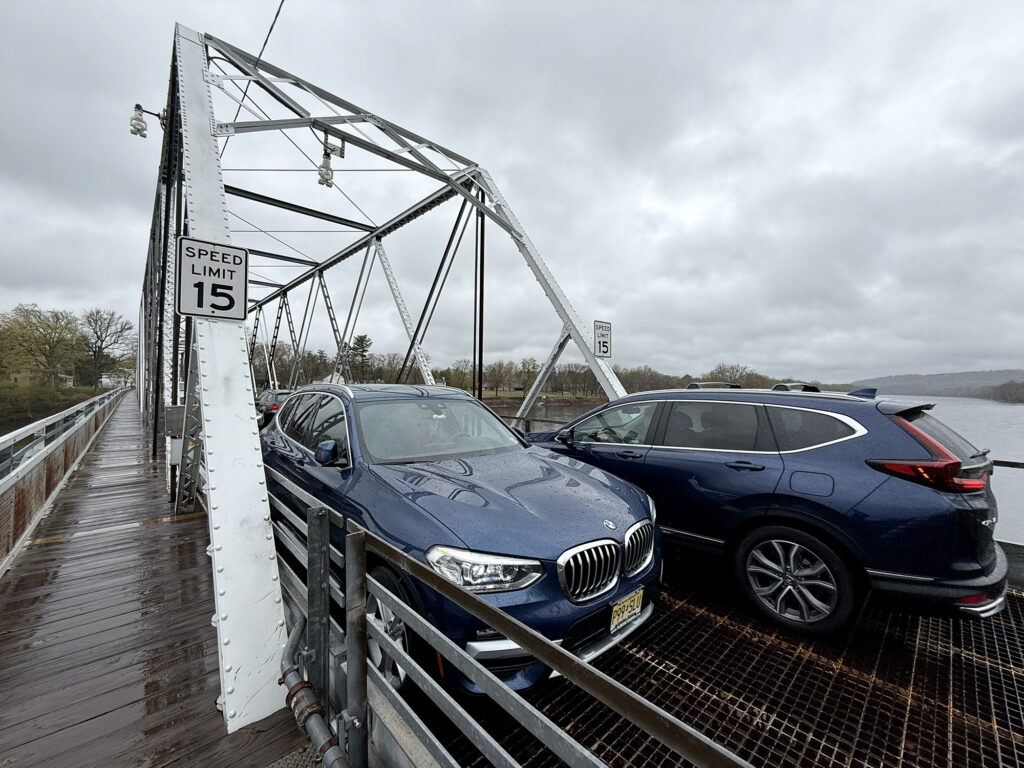
Happy birthday, bridge. You’ve earned it.
The structure, which connects the twin halves of Washington Crossing National Historic Landmark, remains a beloved (if occasionally beleaguered) crossing for history buffs, local commuters, and unwary delivery drivers alike. At just 15 feet wide — with two 7.5-foot lanes squeezed between wheel guards — it is the narrowest vehicular bridge operated by the Delaware River Joint Toll Bridge Commission.
Its 1905 debut came just three years before the Model T went into production, and let’s just say: it shows. The bridge’s modest weight limit (three tons), strict speed cap (15 mph), and 24/7 bridge monitors tasked with turning away oversized vehicles are all testaments to an engineering marvel built for another century — literally.
And yet, it endures.
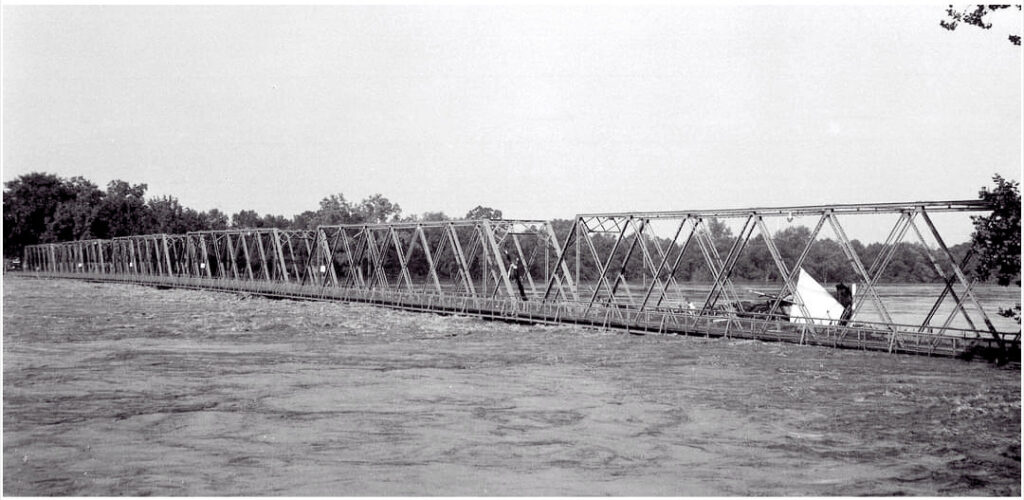
The bridge has survived major floods (including a three-month shutdown in 1955), evolving transportation trends, and at least one Amazon tractor-trailer that attempted a highly inadvisable crossing in 2023. It was wedged under the gantry before it could do too much damage — to the bridge, that is. The driver’s ego may still be recovering.
Still, the Bridge Commission — and plenty of locals — have seen enough. Last year, the Commission began a multi-year environmental review process that could determine whether the time has finally come to replace the 277-ton double Warren truss. The process, led by engineering firm HDR, will assess potential alternatives in accordance with the National Environmental Policy Act, with heavy emphasis on environmental, historical, and community impacts.
Translation: Nothing’s happening overnight.
“This environmental review will take years to complete,” said Commission Executive Director Joe Resta last summer. “It’s a first step strictly limited to research and analysis. It does not authorize the hiring of a contractor and it certainly does not authorize design and construction of a new bridge.”
That said, the groundwork is well underway. Topographic surveys, archaeological studies, and cultural resource investigations are ongoing on both sides of the river. A new website and a series of public outreach events are planned to give residents and park users a say in what comes next.
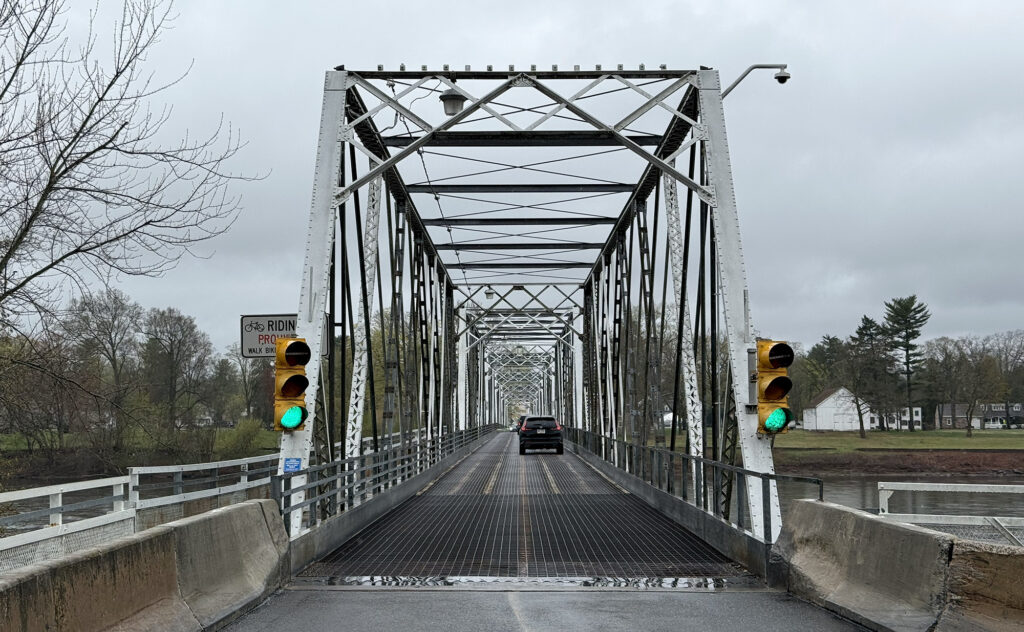
When — or if — a replacement is chosen, it’s expected to offer a much wider roadway, safer approaches, and a multi-use path for pedestrians and cyclists. But the current bridge’s historic setting, flanked by Revolutionary War landmarks like the McKonkey Ferry Inn and the Nelson House, ensures any changes will be heavily scrutinized — and likely controversial.
For now, the birthday candles remain unlit, but the bridge still draws daily traffic. In 2023, more than 2.6 million vehicles crossed its creaky but functional frame — a far cry from its early 20th-century heyday of hoofed transport and wheelbarrow tolls (four cents, for the record).
At its 100th anniversary of “toll freedom” in 2022, the Commission gently acknowledged the elephant — or rather, the three-ton-weight-limited vehicle — in the room: “Due to age, traffic usage, and other wear and tear, the bridge’s load rating has been reduced.”
Indeed. While a few residents view the tightness as a traffic-calming feature — keeping high-speed chaos and oversized trucks at bay — even the most nostalgic among them know the day will come when history must yield to safety.
But not just yet.
So here’s to you, Washington Crossing Bridge. May your trusses remain true, your girders gallant, and our sideview mirrors intact.
